In this fisherman's guide to sewing, Peter explains the differences in fly tying thread and which may be better depending on what you're tying.
Transcript:
hey it's peter from the saltwater edge today we're going to do another edition of frequently asked questions and this one's going to focus on how to choose a tying thread be it for salt water flies or jigs
so one of the most common questions we get here at the saltwater edge is how to how does a customer select the proper tying thread be it for flies or for jigs and you know it's certainly the case that there's never been more and better options but it can be very confusing you know we're going to cover in a in an overview kind of way materials sizing and the various uses and kind of like golf you can't play good golf with one club and you really there are different attributes of the threads that you might want to consider to produce a better more consistent flyer jig so we'll discuss that so starting with materials the first two uh used back in the day would be uh cotton and silk in time nylon and polyester uh came on the scene both of them being thinner and stronger than the earlier alternatives polyester itself has less stretch and doesn't take die quite as well but it does provide more control and then nylon is that stretch can be a buffer that helps uh hold materials better and it does take die better a couple of other terms or materials may have heard along the way for bigger jobs maybe jigs and bigger heavier saltwater bulkier salt water flies or or or spinning deer hair would be monocord which is just a generic term and doesn't really specify strength or size so i would it's a term you'll see if you read through tying recipes you'll see it but it's disregarded kevlar itself has been around since the 70s it's pretty stiff and wiry and slippery so it doesn't do a very good job of holding the materials but is the strongest material available for some time more recently uh gel spun just like we have in the uh in the uh power pro and super slick and all that came on board and it's much smaller much stronger and it lays flat probably the most confusing aspect of selecting uh tying thread is sizing you know you want to select a thinner thread the thinnest thread necessary to get secure to secure the threat the material to the hook and produce a thin uh head right and reduce overall bulk so that's part of what's driving your decision but strength and other factors are there as well so with sizing there used to be a system called an ought system from the 30s where the thread was by thickness identified by three aught six aught etc three aught being thicker than six aught that's the context it's no reference to strength it's just diameter another one that came along to confuse things that may have felt like progress at the time was denier denier is a textile industry standard it's literally the first nine thousand um meters of thread in what it weighs it's literally no indication of thickness or strength but in a relative scale 70 denier is thinner than 140 denier so let's take a basic look at uses um probably the old gold standard i've been using it a long time that would make it old would be danville's flat wax nylon um it lies flat and that reduces bulk helps you create a smooth head and also you can spin it into a rope and use it for stronger applications like spinning deer hair and the like and also one of the attributes of nylon is it takes dye well so this flat wax nylon comes in a bunch of vibrant colors the next one more recent introduced by wapsi is ultra thread it comes in a bunch of sizes but the 140 is most like the flat wax nylon except that it's thinner and it's becoming more popular with saltwater fly tires it lies flat it grabs well which lets you secure your materials with less turns and it's just about as strong as flat wax nylon comes in a ton of colors the breaking strength is approximately two pounds for the uh big fly tire there's a material a thread called big fly and it comes from uni products and what makes it interesting is got it comes in the red color that a lot of jig guys would use but it's heavy and flat and it checks in at a whopping 400 denier that's super strong low stretch and it isn't as slippery as kevlar and gel spun that i mentioned earlier the earlier generation so it it's a great product for collars and bucktail jigs so the last one i will include in this overview is mono filament thread danville makes it a couple companies make it but the point is it's uh you'd use that when you're finishing a fly in epoxy and you want the underlying uh materials to show through um it's approximately 130 denier frustrates the hell out of me seems to pop all the time but you must have a finer touch than me to make good use of it anyway um thank you for watching the saltwater edge faq we intend to use our youtube channel in part to answer the frequently asked questions we get from customers and one of our core values is we want to help you make the most of your time on the water so send your questions to peter saltwateredge.com or comment below if we do use your question we're going to send you 20 gift card also please like comment and subscribe that'll help us help you um in the sense of being enabling us to make more videos that more people see thanks for watching




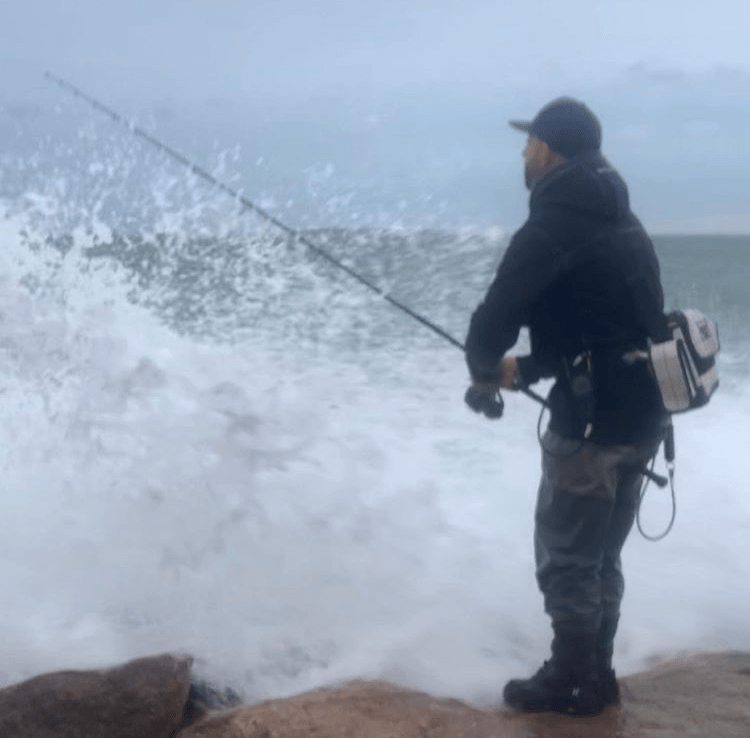



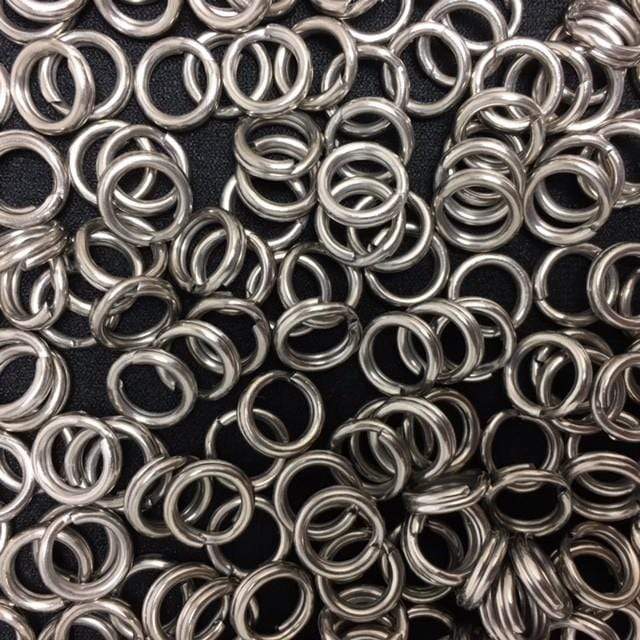
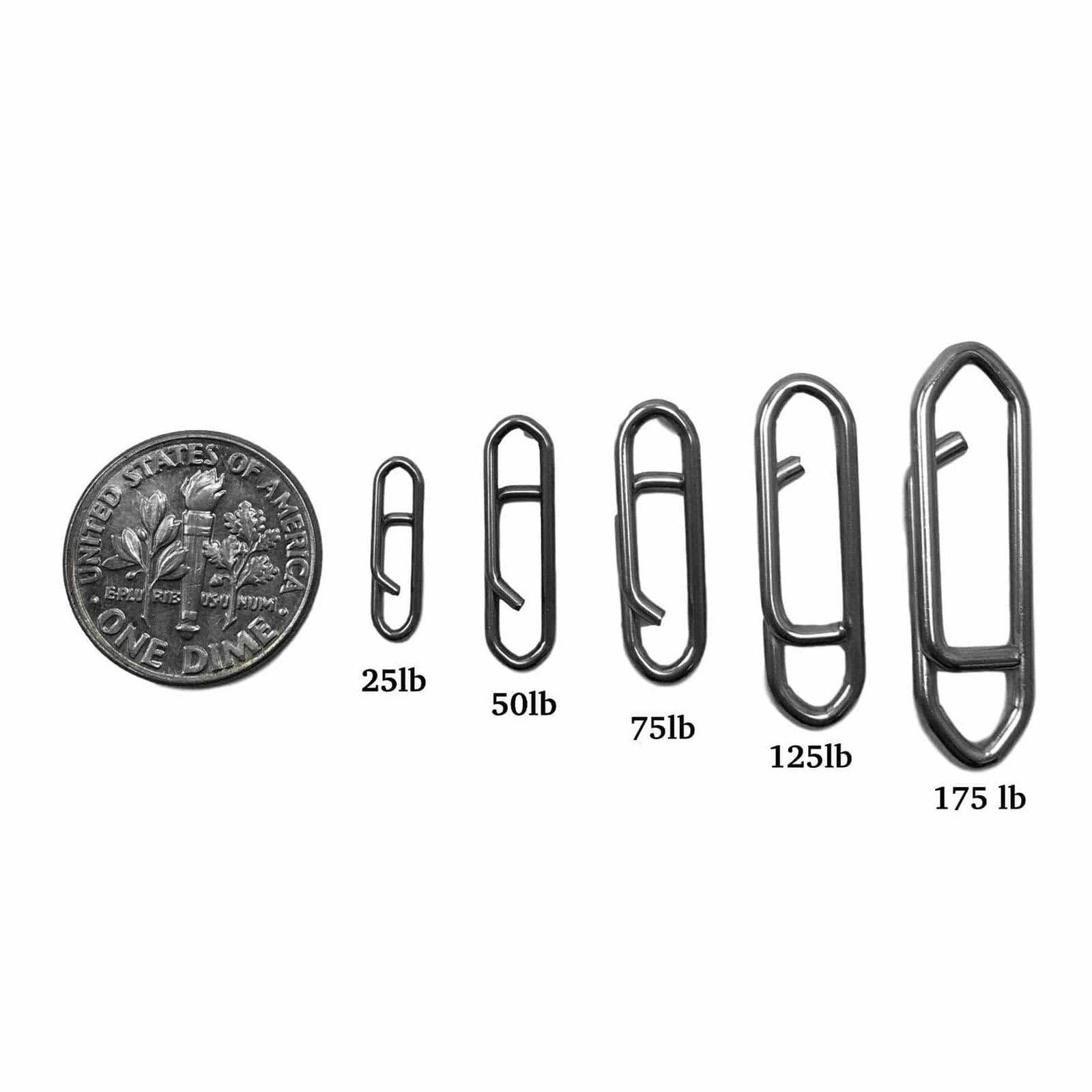

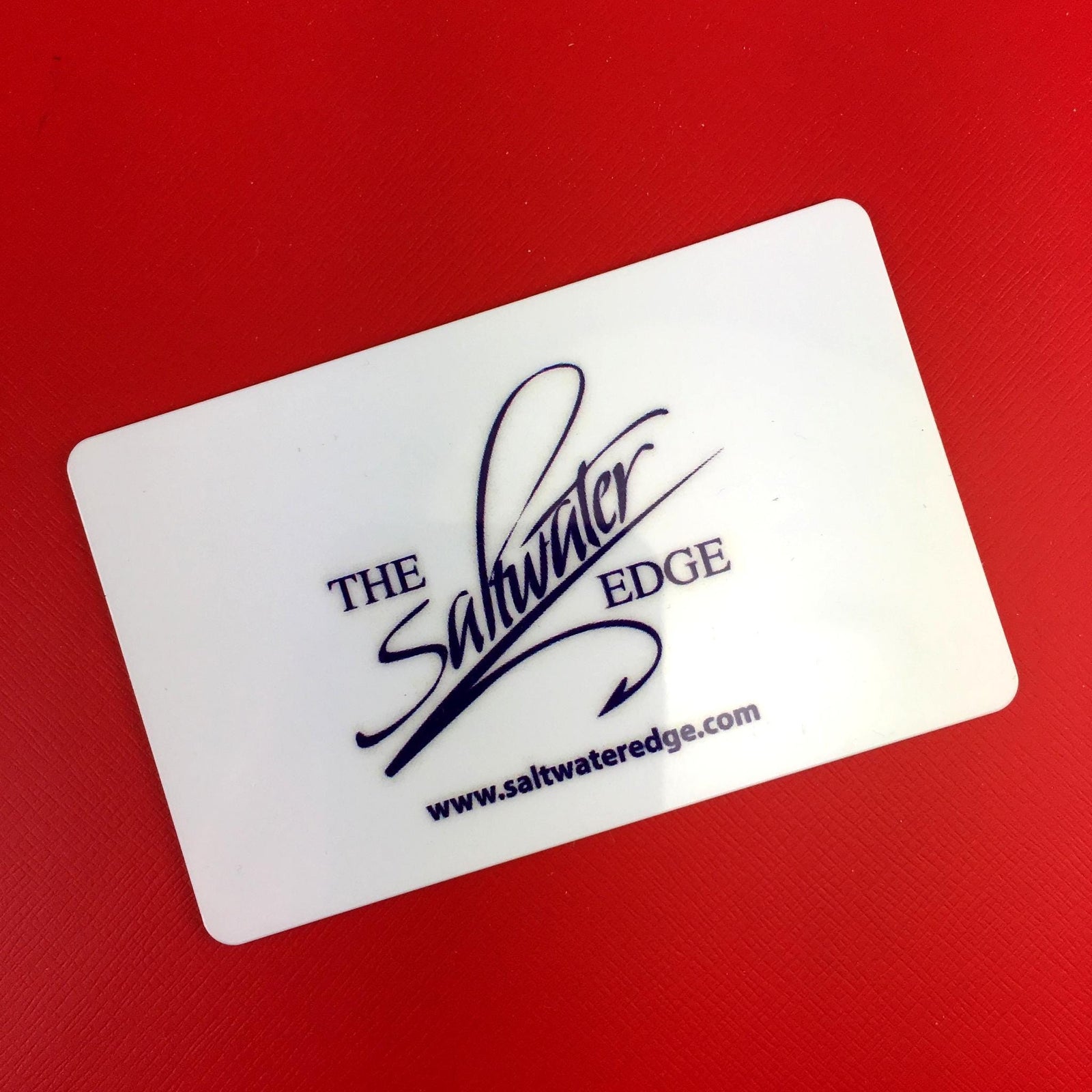
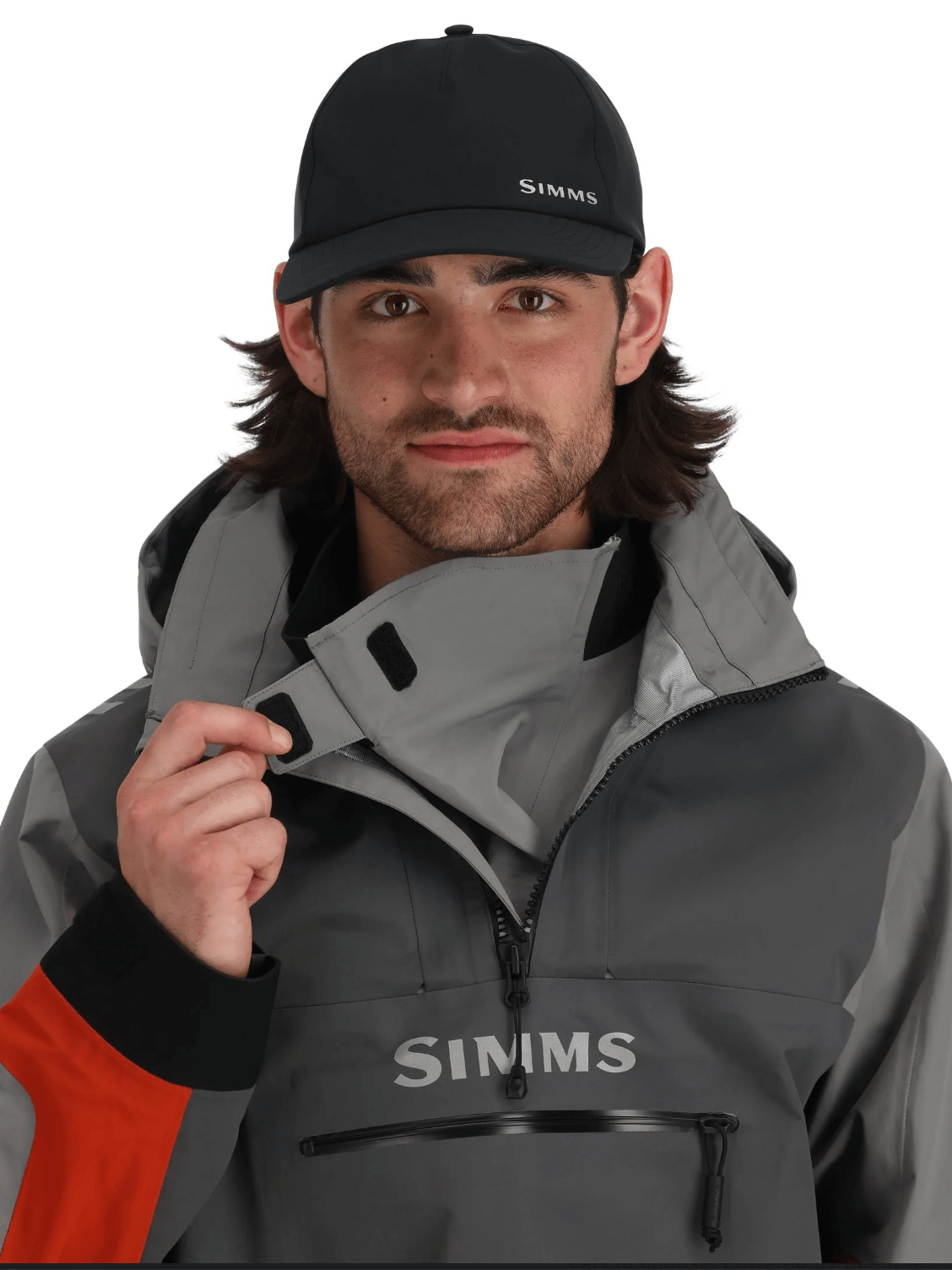

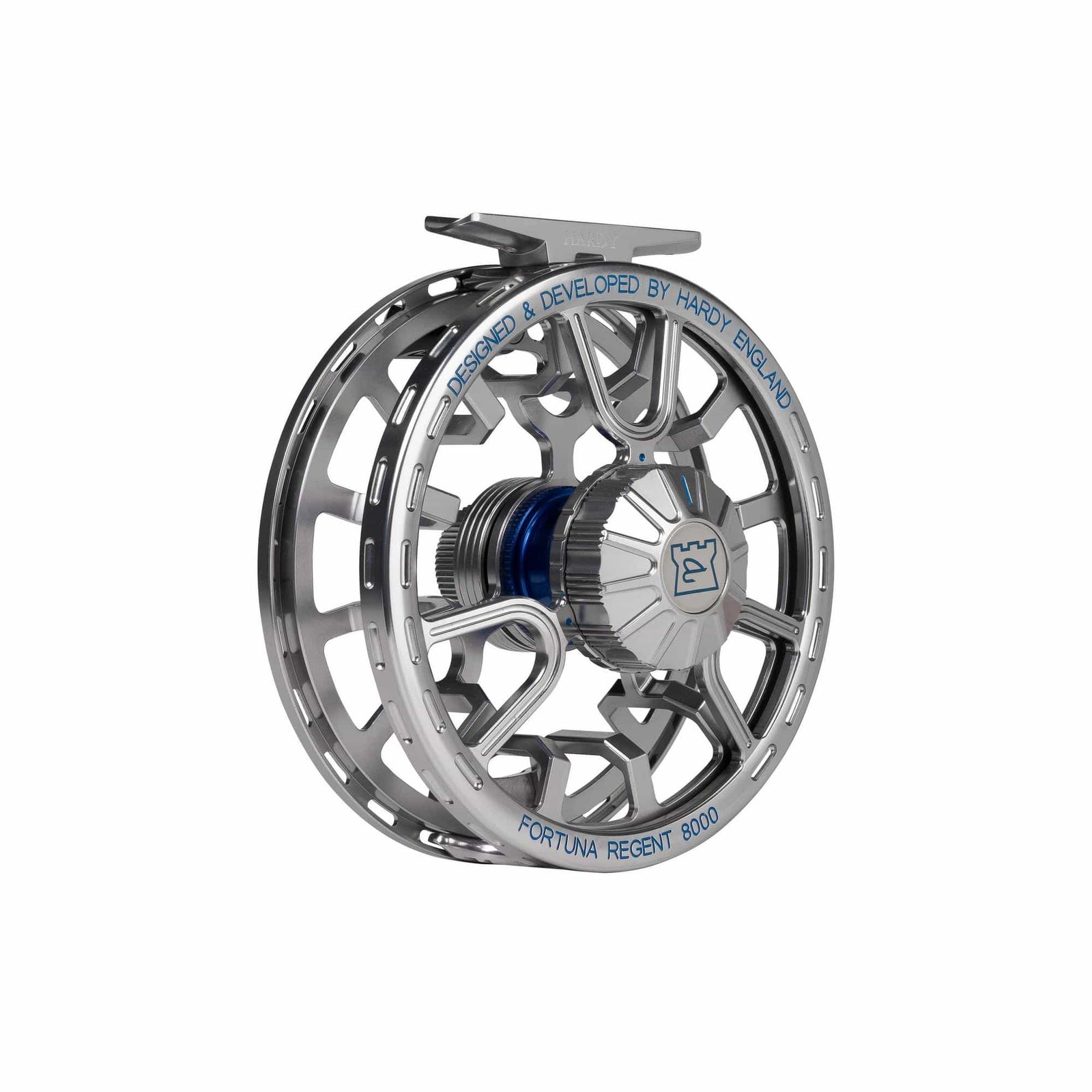
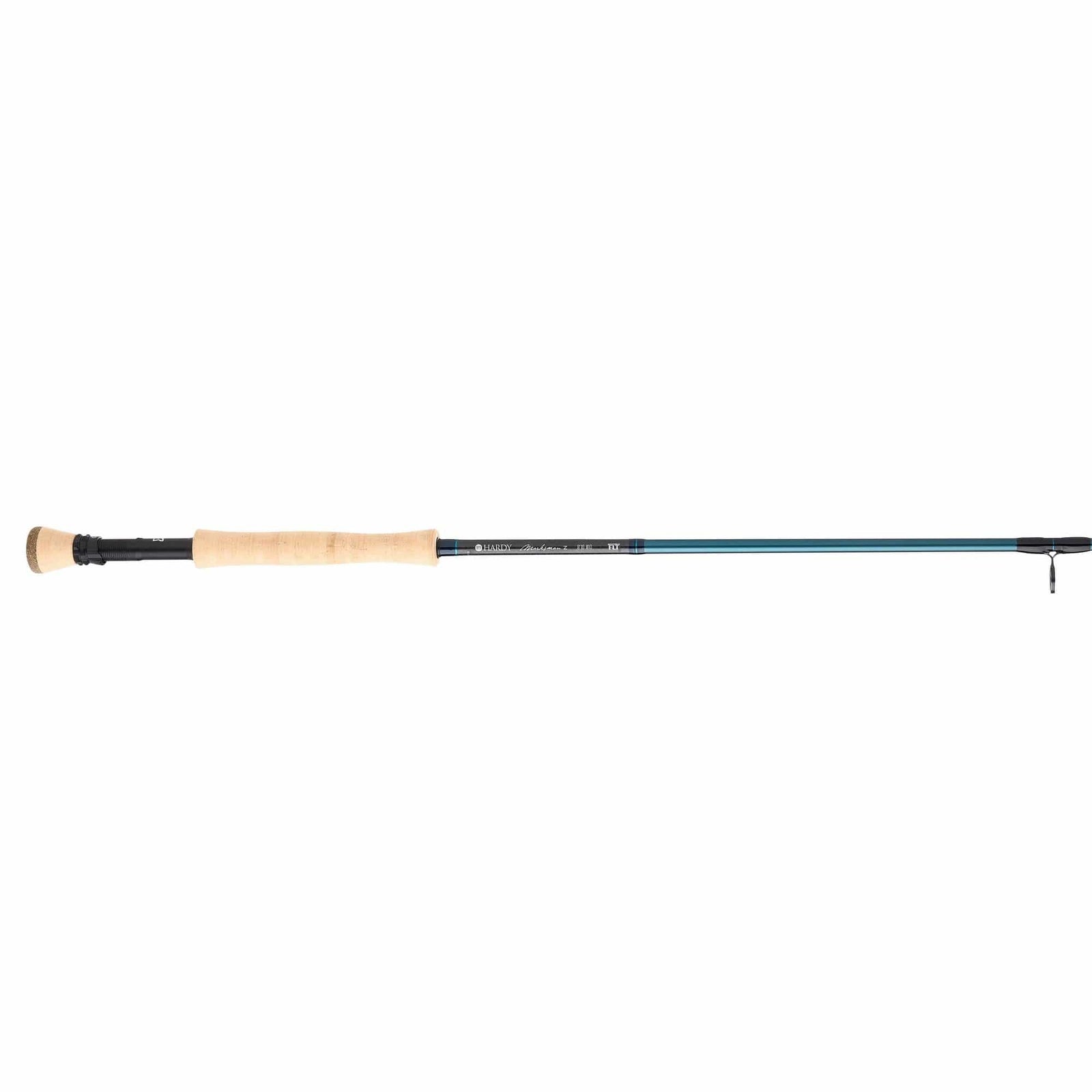

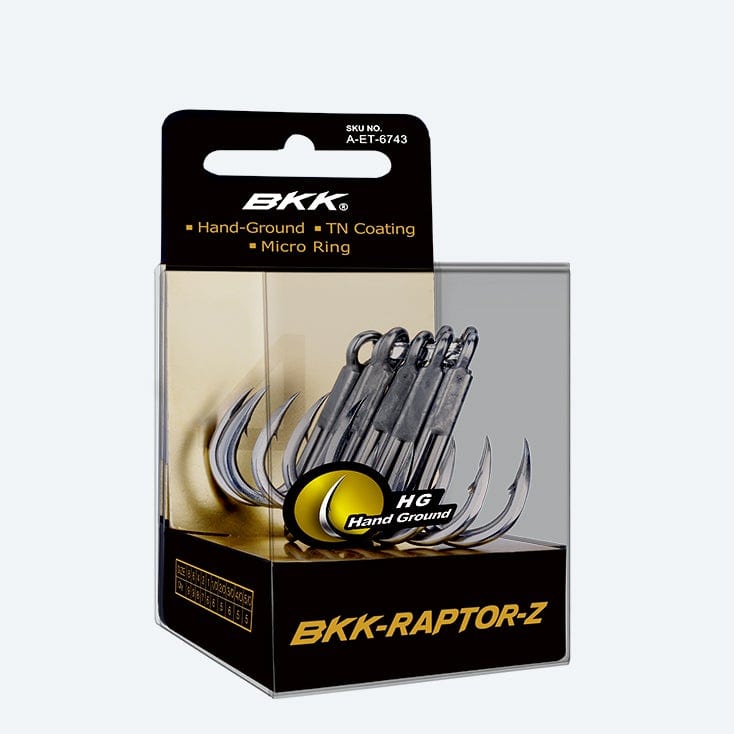
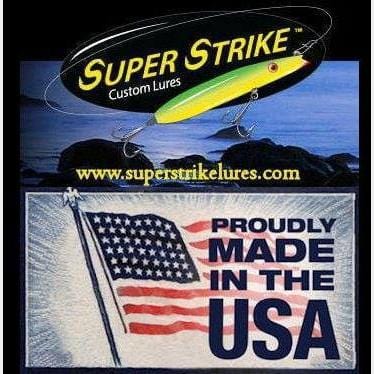

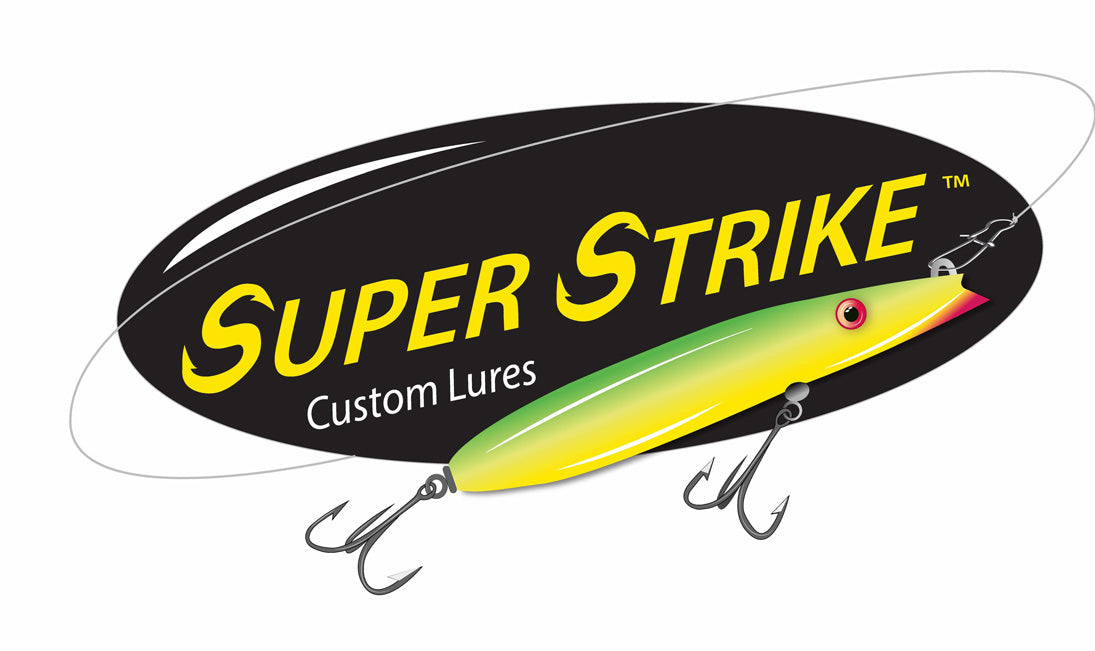
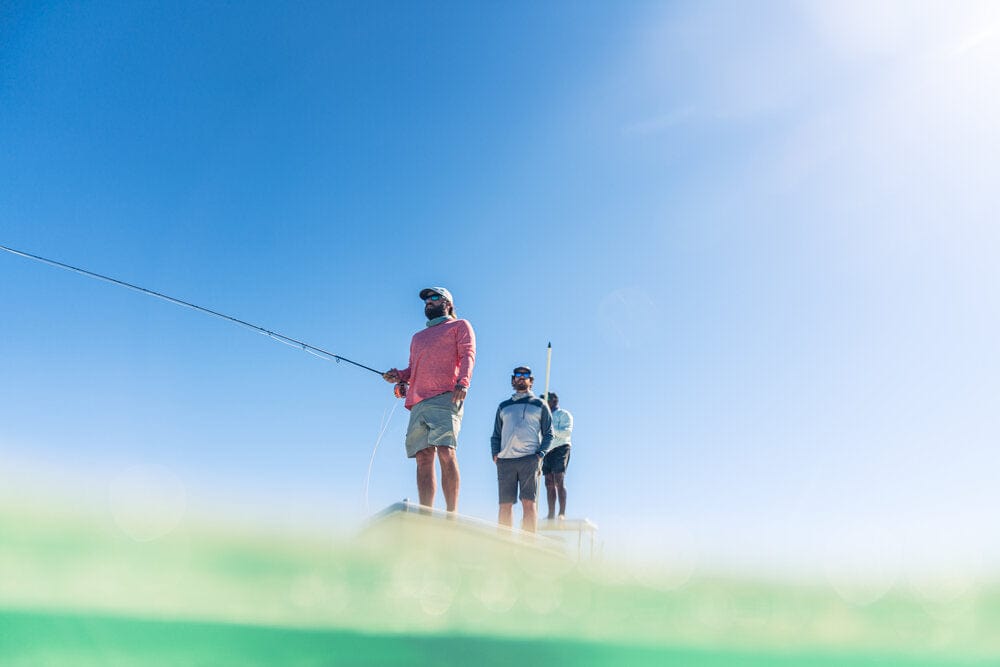

Leave a comment (all fields required)